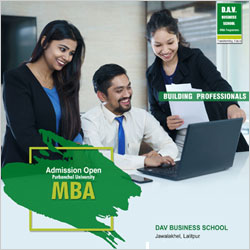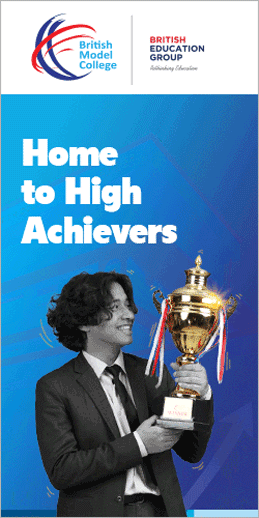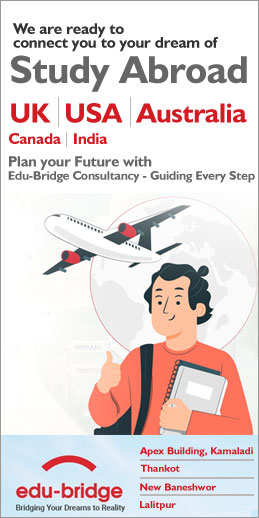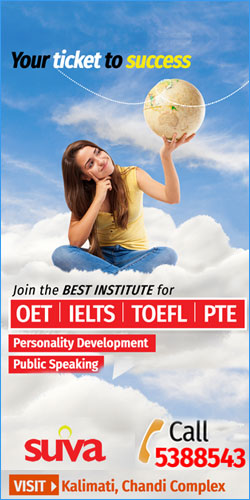Medical education: Major challenges
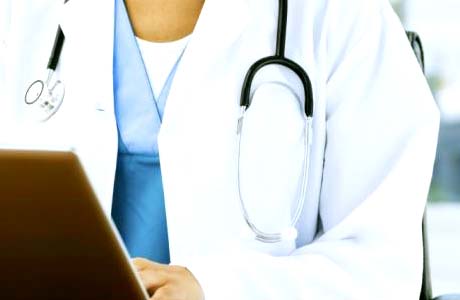
DR UMESH KUMAR SHARMA
All over the world, efforts are constantly being made to bridge the gap between the supply of well-qualified physicians and the ever-increasing demand for their services. The need for adequate medical care continues and the profession is nowhere near meeting this challenge.
The quality of the curriculum is only one of the factors that determine the results of medical education. Both “gurus” of medicine and the general people expect the medical graduate to be a scientist, a humanist, a scholar and a person with a sufficient sense of responsibility to offer his or her services where needed, especially in small communities to urban areas of developing countries. Their expectations are hard to fulfill; however, a good curriculum must necessarily be based on an analysis of the aims, success, and failures of medical education.
In developing countries, like Nepal, so far the traditional methods of medical teaching have been copied regardless of the local circumstances. There is a lacuna, where we do not prepare the student for the task that lies ahead in the complex society of today. Many things taught in these medical schools have no practical application. The science of medicine should not be taught irrespective of its practical applications. The medical students spend long hours watching operations. He may not understand what is happening nor does it matter whether he does or not. Details of a cardiac operation are irrelevant for a future family doctor. What the student actually needs to derive from his medical education is an appreciation of the unity of biological sciences, recognition of the requirements of health, and the knowledge to prevent disease and treat it when it happens.
When a student enters the medical school, he is somewhat an idealist. Clinical teaching removes the last vestiges of his idealism. Medical education in developing countries should have the aims: to train the largest possible number of physicians at the lowest possible cost, to motivate the medical graduates to practice in rural areas and small communities, to provide safeguards for maintaining the professional standard and knowledge of physicians throughout their professional careers, to teach, only those subjects, the knowledge of which seems to be indispensable for every good physician, with greater emphasis on important concepts and the techniques of self- education.
The important feature of medical manpower in our country is the uneven distribution of health-care facilities and physicians among the population. In the capital, the concentration of medical colleges and hospitals is disproportionately high. The regions where the distribution of health-care institutions and physicians is unbalanced should be prioritized, since “the objectives of medical education are ultimately determined by health requirements of the community.”
The population, the number of practicing physicians, the pattern of the health services and the number and distribution of existing health centers and other institutions are therefore important factors to be considered when planning for new medical schools. Apart from the question of the conventional architectural requirements, the site should be considered in relation to the area of the country, which can provide obvious social and educational advantages.
Apart from difficulty in setting up a new medical school and the high cost of infrastructure and equipment, efforts should be made to attract the efficient faculties and paramedical staff. Government can subsidize or waive taxes on the purchase of expensive equipment for the medical schools, so that there can be considerable reduction in the investigation charges applicable to the visiting patients. Some teachers may be recruited from abroad or for part time or visiting faculties may be brought from other institutions in the early years of existence of a new medical school. It is not advisable, however, to depend on these as permanent substitutes.
The demand for medical education in the country is still high, as shown by the figures of the students going to nearby countries to pursue medical education. Despite the high cost of medical education, the number of students sitting for the medical entrance examination is growing.
Good governance, control and monitoring system will obviate the controversies arising in different medical colleges of the country, rather than restricting the development of the medical institution to the area of need within the country. A good private medical institution should not always be seen from the commercial point of view; rather, it creates the opportunity for jobs to the Nepalis, improves the general health facilities and supports the economy of the state. The mechanism of decentralization can be considered if the universities are not in a position to affiliate new institutions in the present context.
The government and non-government bodies must provide essential assistance at different development phases of the medical schools, since health care is the basic right of each citizen, and medical institutions are the platforms to upgrade the health care
source:SHARMA ,DR UMESH KUMAR (2014),"Medical education: Major challenges ", The kathmandu post,23 april 2014
Posted on: 2014-04-23



